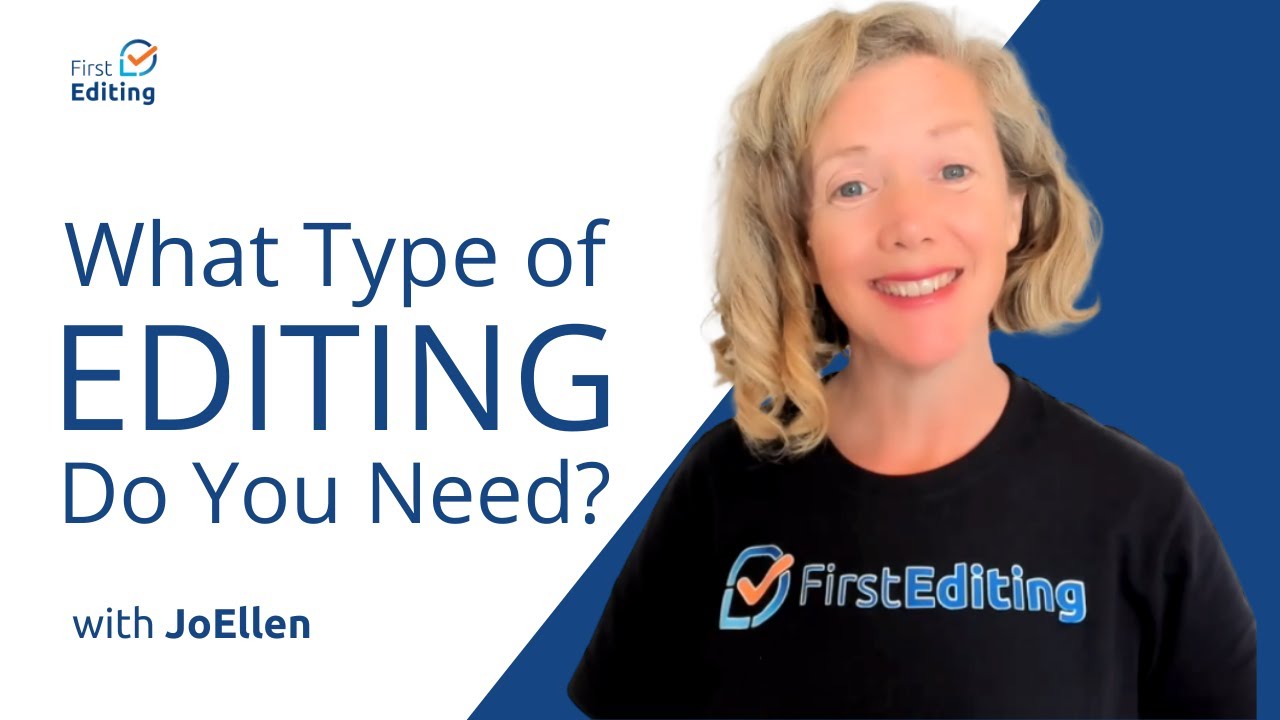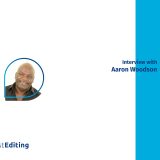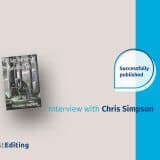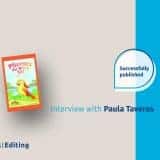
When writing fiction, it is important to keep your mind on the entire structure. It helps to think of your novel as a tapestry with colored strands interwoven so they can create a balanced design that tells a story. If the weaver takes some strands and starts working on a side panel of the tapestry and continues weaving different designs on various side panels, the central section will lose its centrality of focus as an organizing principle and the completed fabric will lack cohesion and balance.
In the same way. A fictional novel must have a central theme. The central theme is woven throughout and connects all minor subplots with its central core. Too many writers begin well but gradually drift into tangents that take on a life of their own and relate to the main theme only marginally. The result is that what began as a novel ends up as a potpourri of disconnected stories. Sometimes when a writer nears the final pages, he or she begins to see the problem and attempts to solve it at this late stage by collecting threads of the various subplots and trying to interweave them into some interrelated unity. If the threads are on an incline, it will never work. The process of interconnection must continue throughout the plot development so as not to lose the main focus.
Advice from a Professional Editor
Once a writer has settled on a central theme, he or she can begin to compose the first section. A good way to start is to present the main character and give at least a glimpse of the conflict that will engage them. The plot is developed and will expand after the reader is drawn into the theme. At this point, subplots may be introduced as stemming from the main theme and as further developments of it. Occasionally, they will present a separate subplot with a connection and relevance to the central theme that is not made evident in subsequent chapters. But it should never be left hanging as a different diversion.
Finally, the novel’s conclusion should connect all the other elements into a logically organized presentation revealing a solution, a summation, and dénouement.
Originally posted 11/12/2015 and happily updated 10/28/2017. Thanks for reading!










